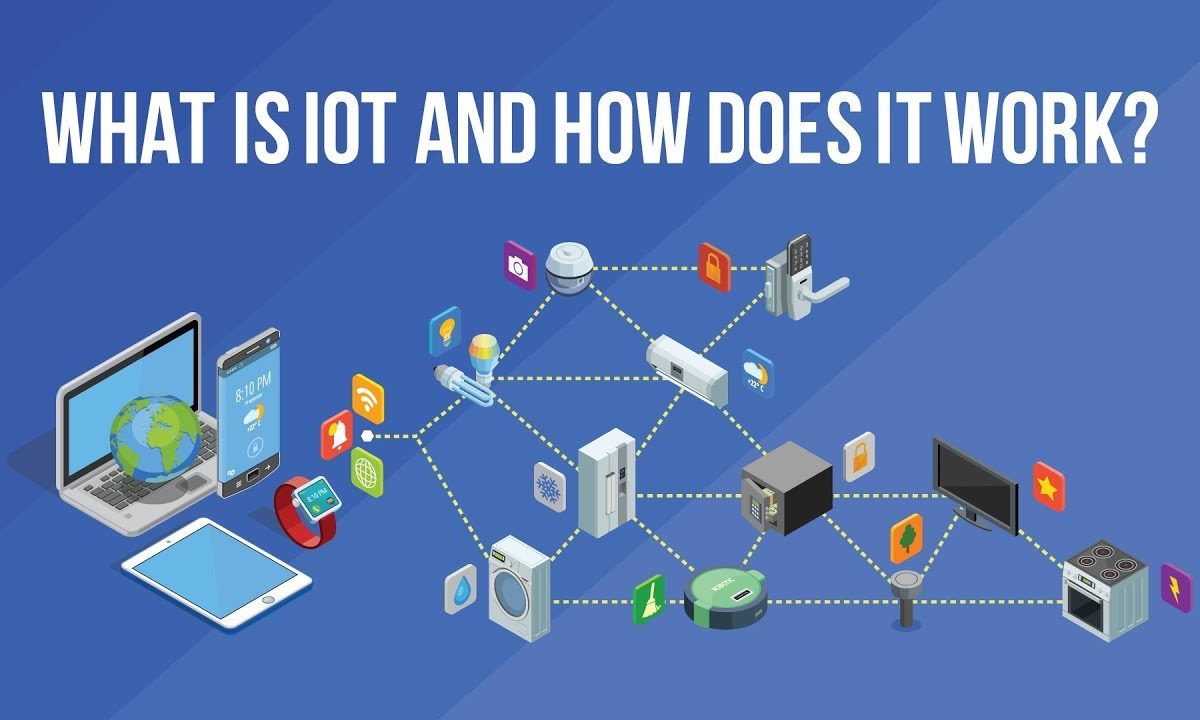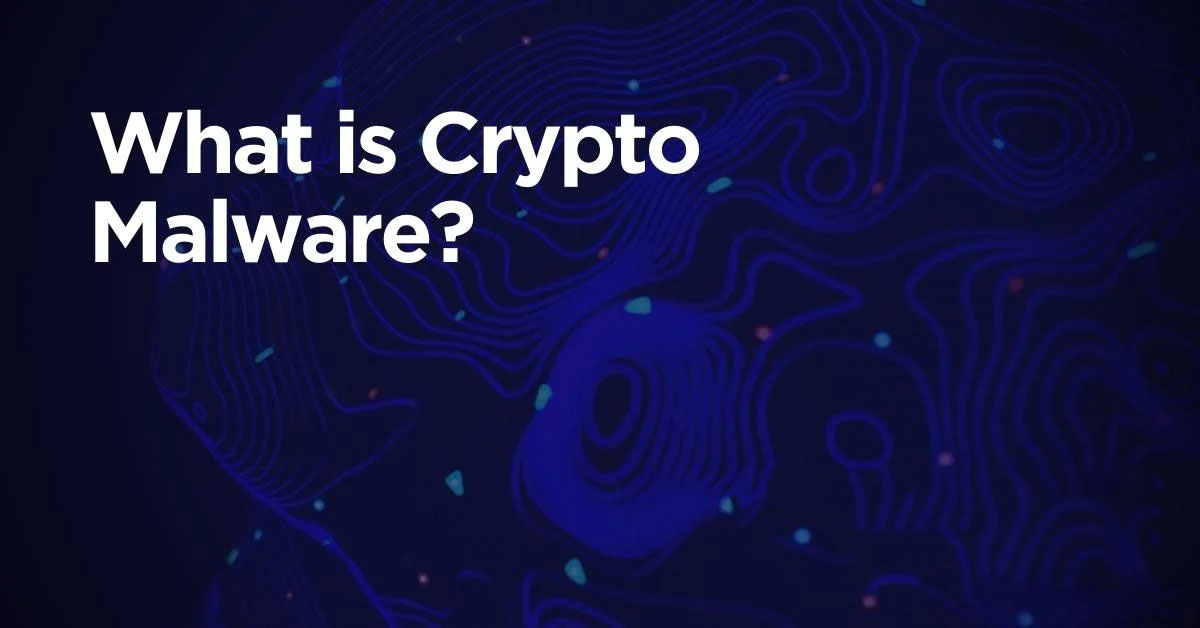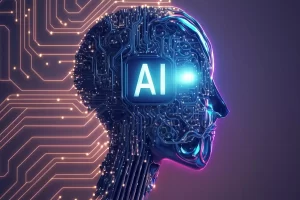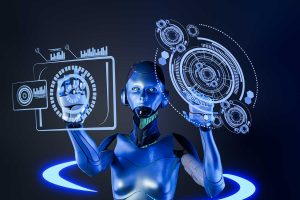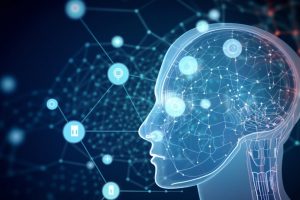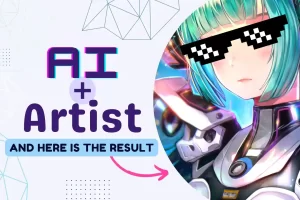(Web 3.0 represents a next-iteration of the World Wide Web)
The potential of digital technology is far wider than we think. Thanks to the internet, We have progressed from Web 1.0 to Web 2.0, and it’s time to discuss Web 3.0.
Web 3.0 is often represented as a semantic or more advanced internet era. It is a vision for the future that represents a significant evolution from the current era of Web 2.0 to the new, decentralized era of the Internet.
The last 2000 years have been catastrophic for the Internet, affecting a variety of sectors. Many businesses were forced to close, and many suffer a large drop in funds.
The Internet has evolved time to time. Over the years, it improved, and these evolutions are referred to as Web 1.0, web 2.0, and web 3.0. It can transform the Internet’s landscape and bring in a more sophisticated era. Web3 connects to the new generation of innovation, accessibility, and usefulness.
Web 3.0 is the 3rd generation of web technology. This technology is relatively new and is here to make changes for the long term. In this blog, we will discuss all about Web 3.0 and its significance in the upcoming time.
Evolution of the World Wide Web
Tim Berners-Lee invented the World Wide Web as the pages or public websites that users can access on computers and other devices through the Internet. World Wide Web is used by millions of people to read, write, and access countless information on the Internet. Web technology has changed over the years, and its applications are progressing every day. The development of web technology is categorized into three steps:- Web 1.0, Web 2.0, and Web 3.0.
Web 1.0:
The early days of the World Wide Web is known as the web 1.0. It was the primary era of the Internet, which existed roughly from 1991 to 2004. Most of the participants were content consumers, while the makers were web developers who designed the website from the material received in text or graphic format. Sites were delivered static material rather than dynamic.
Web 2.0:
Most of us have witnessed the progression of Web 2.0. It is also known as the interactive and social web. The current era of World Wide Web is a web 2.0. You don’t have to become a developer to participate in the Web 2.0 world.
Many apps are on the web. 2.0 is designed in such a way that anyone can become a creator. Web 2.0 allows you to share your thoughts with the world, post stories, and share your perspective with the world. You can engage people with the help of social media platforms YouTube, Flickr, Instagram, and Facebook.
Web technologies like HTML5, CSS3, JavaScript, ReactJS, AngularJS, and Vue.js allow us to create new ideas contributing to the social web.
What is Web 3.0?
Whenever we come across the word web 3.0, we notice cryptocurrency often mentions. This is because web 3.0 protocol heavily relies on the cryptocurrency. Web 3 is the third generation of the World Wide Web.
Web 3.0 is the next evolution of the World Wide Web, shifting to a decentralized world and helping users get information without intermediaries’ requirements. This technology is completely new and best known for bringing decentralized changes.
Web 3.0 is decentralized, allowing users to access the Internet through services mediated by companies like Apple, Google, Facebook, and individuals themselves. It follows some specific set of principles, technical parameters, and values that distinguish it from the World Wide Web: Web 2.0 and Web 1.0.
It will be accessible for everyone, and you won’t require any permission. This means authorities won’t decide who gets access to services and trust issues. It directly eliminates the need for third parties for the transaction between two or more parties. So technically, web 3.0 protects users’ security comparatively to its predecessors.
Decentralized finance is the main component of Web 3.0, which supports the entire crypto landscape. It supports real-world financial transactions on the blockchain without any need for intermediaries or the government. Many big corporations and big companies are also investing significant amounts in Web 3.0.
It aims to create a decentralized Internet. In this era, artificial and machine learning-like technologies are integrated into the web aiming to create more intelligent and user-friendly.
It provides individual control of personal data, cryptocurrency, and decentralized records on the blockchain. Steemit and Minds are two of the common examples built on blockchain technology. These networks are known for sovereignty over their data and information.
Features of web 3.0
Web3 technology is best known for its widespread features such as Ubiquity, decentralization, semantic web, and artificial intelligence. Some Web 3.0 concepts are already emerged, such as decentralization.
Other Web 3 concepts need to be understood and integrated into the system. Concepts like blockchain were created to support decentralized cryptocurrencies and will play a crucial role in Web 3.0 or web3. Digital currencies and other digital assets like NFT are also used to incentivize users and service providers.
Blockchain technology is created to support cryptocurrencies, decentralized apps, DeFi, and NFTs. These technologies will be used to incentivize users and allow them to transact directly without the need for third parties like conventional banks.
Ubiquity:
Ubiquity means to be present everywhere. In terms of Web 3.0, ubiquitous means that the Internet should be accessible from everywhere through any device and platform. Along with digital Ubiquity, the idea of equality comes into space. Web 3.0 is ubiquitous, which means it’s not limited to traditional browsers but accessible everywhere. It is designed to be a widely accepted form of the Internet, making the internet available for everyone and everywhere.
Web 3.0 allows everyone to connect and engage anywhere on the web. In Web 3, people can connect through the open source software. The Internet of Things is one example of Ubiquity.
Decentralization:
Web3 technology truly aims for a decentralized internet where connectivity is based on peer-to-peer transactions. The decentralized web relies on the blockchain to store data and maintain digital assets. Blockchain is a technology distributed among a computer’s different nodes.
They are best known for secure and decentralized records of transactions. Decentralized apps are also created based on this concept. Decentralized apps are not maintained by a single server but are maintained by a network of computers. Some apps are already existing using the core web3 technology.
DeFi, or decentralized finance, is the core concept of decentralized apps and shares many cryptocurrency characteristics. DeFi enables users to save, invest, and replace pre-existing financial institutions.
Artificial intelligence:
Web 3.0 relies on artificial intelligence to create computers that can quickly understand the response and context of users and answer requests. The artificial intelligence of Web 3.0 goes beyond the interactivity of Web 2.0 and creates a seamless, intuitive experience for the users and aims for the development of the metaverse.
With the help of Language processing-based technologies, Web 3.0 enables the machine to understand languages like humans. Web3 technology also utilized the subset of artificial intelligence, Machine intelligence, that mimics human learning by using data and algorithms.
These capabilities of the web will result in faster and more relevant results like medical development and new materials. While machine learning is passive, and you don’t need any support, artificial intelligence requires an agent to learn and interact with the environment.
From a user perspective, machine learning could lead to better customer support, efficiency, and results. The Intelligent chatbot system will be able to respond to multiple customers at once with greater accuracy. This technology will deliver ideal results, eliminating fake news and creating high-quality results.
Semantic Web:
The world semantic means to relate in the Language to logic. It aims to make web content more machine-readable and understandable by computers. The semantic web improves the abilities of web technologies to generate, create, and share content with users by understanding the meaning of Language beyond the simple keywords. It’s a vision for linking data across different technologies in web pages, applications, and files. This huge mesh of data is organize in such a way that the machines can process it.
Primarily, websites of Web 2.0 creates for humans to understand and read with the input of search engine understanding. The Web 3.0 era is more focused on the semantic web to take readability, creativity, and interactivity to another level.
Under Web 3.0, the search engine capability, platform, and connectivity capability will peak. Rather than engaging in complex phenomenons of zeros, keywords, and headers, the computer will understand the Language and identify your true needs and goals.
Advantages and disadvantages of Web 3.0 crypto:-
Web3 technology or web 3.0 blockchain is a more intelligent web where data is not only presents to users but understood and processed by machines. Web 3.0 is known for its wide significance. But it also has some common advantages and disadvantages.
Advantages of Web 3.0
-
Semantic Understanding:
Web 3.0 aims to create a semantic web where the web is not only presents for the users but also more understandable by the machines to bring better search results, recommendations, and data integration. This can result in better accuracy and relevant information retrieval.
-
Personalized results:
Since web 3.0 uses semantic understanding, it can provide more personalized suggestions, Products, and services. This can also improve user experience and bring engagement.
Improved data security:-
Web 3 uses robust technologies like blockchain to maintain data integrity. Blockchain technology keeps data between different nodes of computers, which can not easily stolen. So, most users will benefit from the data encryption.
-
Better decision-making:
Web 3.0 will make better decisions as machines will better understand and reason data. From Chatbots to artificial intelligence, smart home systems are better examples of it.
-
Interoperability:
World Wide Web 3rd generation promotes the data exchange between different applications and computers. This can also eliminate the issues of data silos and foster collaboration.
-
Easy access to the data:
As the Web 3.0 model works on a decentralized structure, users will be able to access information in any situation. Users also have multiple backups of the data if the system crashes.
Disadvantages of web 3.0
-
Complexity:
Web 3.0 is the most advanced form of the World Wide Web. Implementing it can also be complex and requires significant effort. Not all corporations can afford resources or expertise.
-
Privacy:
While web 3.0 or web3 crypto enhances the security in one way, it also questions the security and permanence of data on the blockchain. Moreover, the unintended exposure of sensitive information.
-
Adoption challenges:
The shifting from Web 2.0 to Web 3.0 can be challenging due to its complexity. Especially convincing users to adopt new technology with such complex measures.
-
Scalability Issues:
Blockchain is one of the prime technologies behind Web 3.0, but it also lacks scalability, hindering its widespread adoption.
-
Data Quality and Trust:
Relying on the machine for data quality and storage can be the biggest challenge, as it introduces errors and biases. This challenge needs to be overcome in order to achieve 100 % adoption of Web 3.0.
Why is Web 3.0 important?
Tech companies like Facebook and Instagram are dominating the Internet. These companies ask users to share their personal details to access platform services and benefits. They use this data for remarketing and monetizing profits in a myriad of ways.
Web 3.0 will benefit you by gaining access to data ownership and providing equal benefits to all users. Individuals will be in more peace by knowing they have control over who can access and profit from their personal data. This will make it hard to grow companies by hoarding data.
With web 3, everything will change, like how people interact with each other and how companies benefit from goods and services.
Web 3.0 will offer better capabilities and opportunities for businesses. web 3.0 marketing possibilities will help companies to have a better balance between privacy and personalization than today’s web.
The immutability provided by the blockchain can help in better function of operations and improve customer experience. It also allows both parties to have a record of the transactions. Businesses can also easily monitor their supply chain using the decentralized apps to easily manage the supply silos and see supplier’s activities. This can reduce shortages and speed up delivery by providing the information at the right time.
Web 3 is also crucial in terms of metaverse, a more advanced 3D digital world where people will representations will be known as avatars. These virtual avatars can interact and socialize with others. The metaverse, like Web 3, will also rely on the blockchain and decentralized technology for its infrastructure and finance.
Web 3.0 use and applications
The expansion of web3 is to make web technologies more essential and accessible for users. Originally, web 1.0 offered text-based information and static websites to provide information to users.
Web 3.0 use cases will play a crucial role in the web’s emergence. Ai’s ability to understand user’s Internet and provide tailored suggestions based on personal data. Much of the content will automatically deliver, saving time and money for the companies.
With blockchain at its foundation, Web 3 will enable new applications and services based on blockchain technologies in active use today. They include the following:
NFTs:
Non-fungible tokens (NFTs) are a type of cryptographic token that comes in use to create and authenticate ownership of digital assets. NFTs will represent a unique value and certify ownership and authenticity on Web 3.
DeFi:
Decentralized finance is an essential component of Web 3 that could support Web 3’s decentralized financial services.
Cryptocurrency:
Web3 infrastructure uses cryptocurrencies to facilitate transactions instead of relying on the outdated bank structure. Cryptocurrencies are highly secure than the traditional banking system, Even the decentralized web heavily relies on cryptocurrencies and blockchain technology.
DApps:
Decentralized applications (dApps) are open-source applications that run on decentralized blockchains. These apps are free from anyone’s interference and government control. Many D-apps are already used for middleware, social media platforms, and donations, among others.
Smart contracts:
Smart contracts are a type of decentralized app and expected to play a crucial role in web 3.0. They serve as the foundation for emerging blockchain-based applications and are anticipate to occupy a central position in the Web 3 ecosystem.
DAOs:
DAOs are an essential part of Web 3.0 and are a global collaboration tool. It allows communities to make decentralized, transparent, and accountable decisions by documenting their actions on a blockchain.
FAQs
What significance does the Web 3.0 blockchain hold for the future?
Web 3.0 is the vision of the Internet to create a more decentralized web.
What is Web 3.0, in simple words?
Web 3 is the next generation of the Internet that will be meant to be decentralized and accessible to everyone.
What are the advantages of web3?
There are many benefits of Web 3, including personalization, decentralization, and easy access.
How Web 3 will change the world?
Web 3 will change the world in many ways, such as increased privacy through cryptography and distributed ledgers, Faster transactions due to lower latency times, and improved scalability for larger enterprises due to its distributed nature.
What issues will Web 3.0 solve?
Web 2.0 also has certain drawbacks, such as privacy issues, platform dependency, and data ownership. Web 3.0 can address these issues by giving users more control over their data, identity, and transactions using cryptography, peer-to-peer networks, and smart contracts.
What is Web 3.0 real example?
In recent years, Artificial Intelligence and cryptocurrency have gained great attention.
Both these concepts link to Web 3.0. A common example of Web 3 in real life could be Siri. This is based on automatic natural language processing, and intelligent assistants can analyze, speak, and interact with users.
What is Web 3.0 and its architecture?
Web 3.0 is the new generation of the World Wide Web, a public network built on distributed ledger technology. It’s a semantic architecture to enable, personalization, decentralization and a token-driven economy.
Is Web 3.0 the future?
Web3 is inevitable for the future. Research suggests most companies are already exploring new web technologies. However, it can take over before entering the mainstream-adoption phase.





